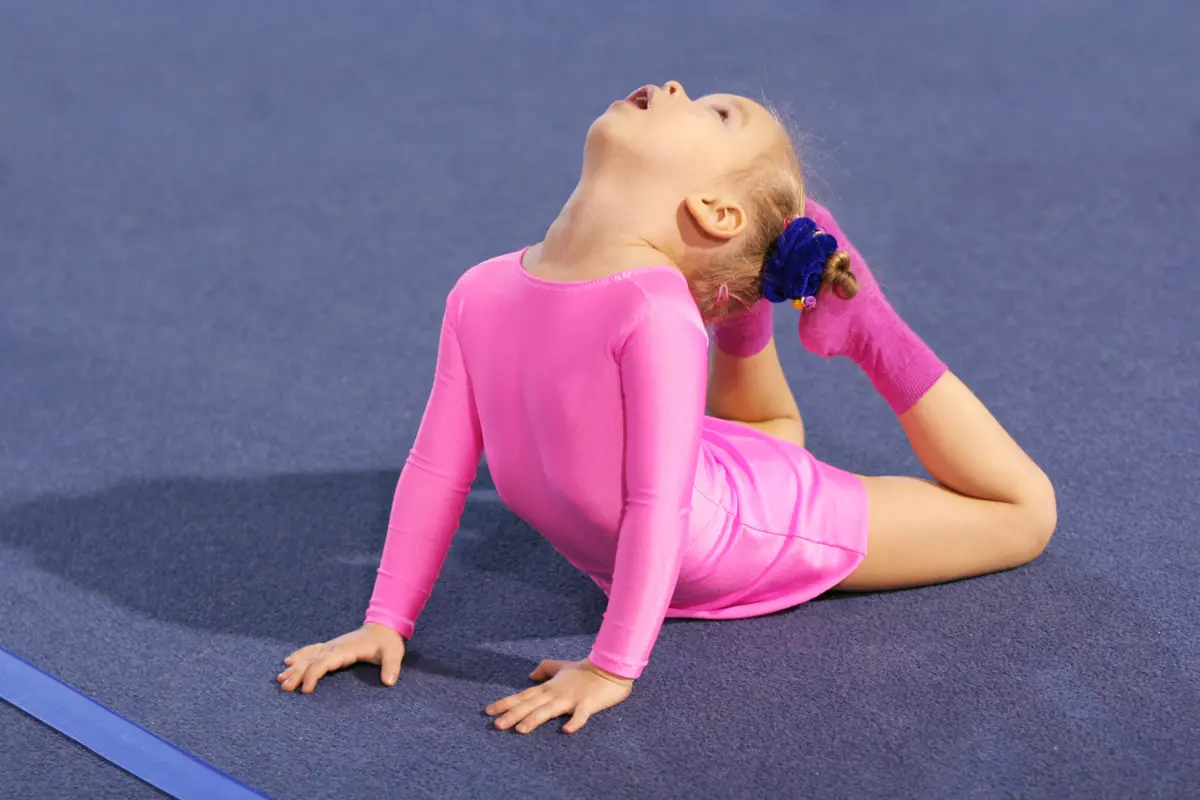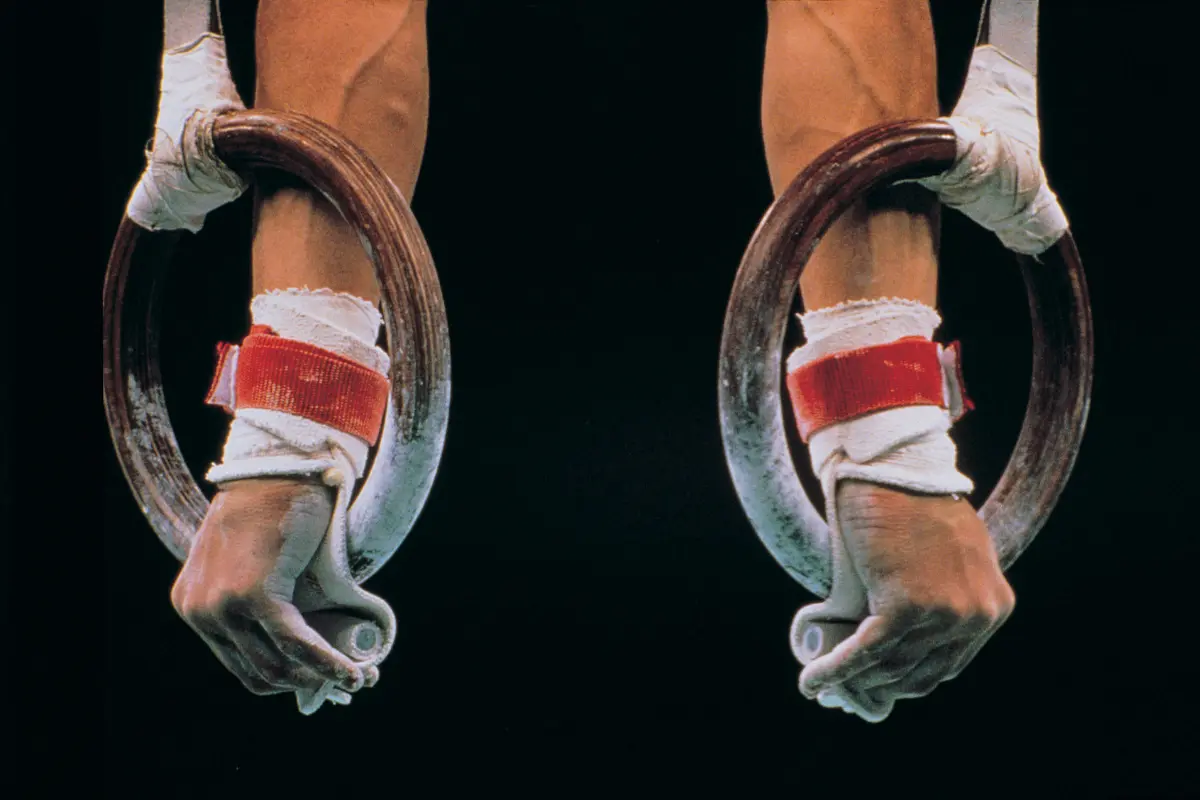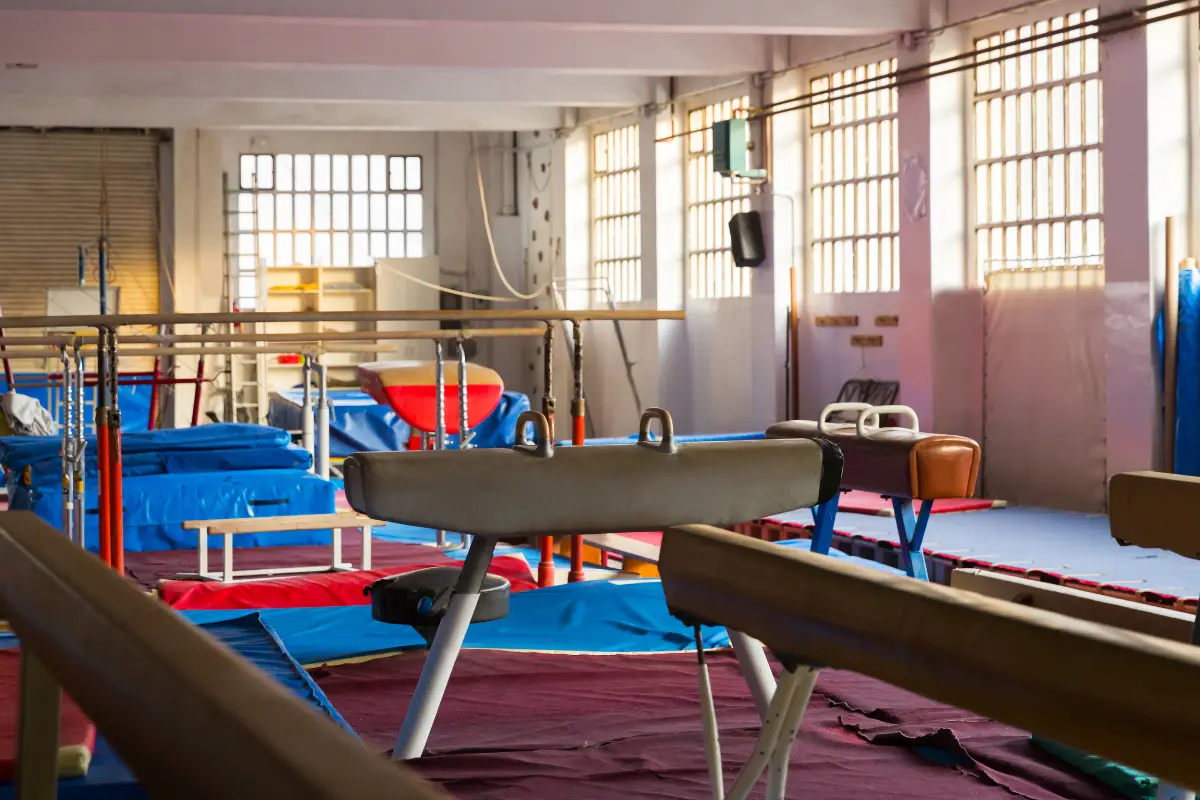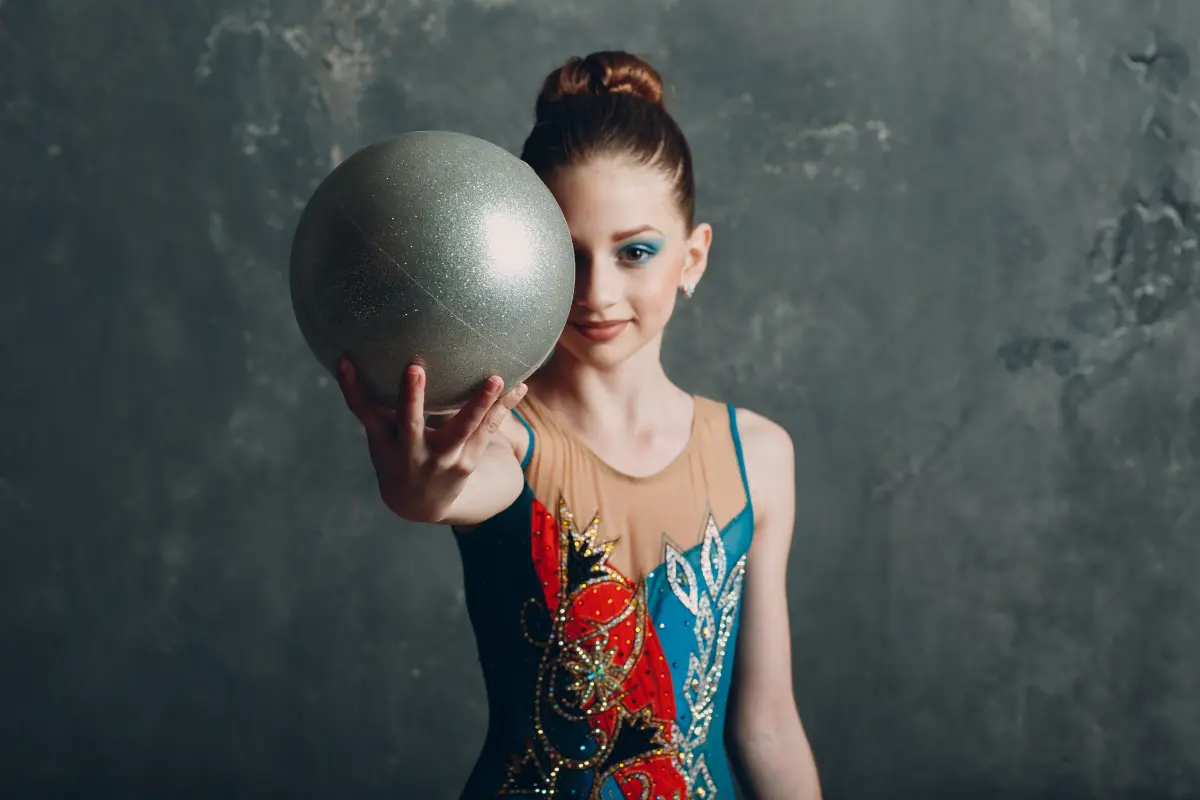When it comes to Olympic sports, gymnastics often stands out as the ultimate display of athleticism, blending strength, precision, grace, and artistry. The sport’s complexity and the high level of skill required have led many to question: Is gymnastics the hardest Olympic sport?
While determining the “hardest” sport is subjective and varies based on individual perspectives, gymnastics undeniably stands out due to several key factors.
- Physical Demands: Gymnasts need a lot of strength, flexibility, and coordination to perform their routines. They have to be able to lift their own body weight in different ways, like flipping, jumping, or balancing.
- Precision: Even a tiny mistake in a move can hurt your score. Gymnasts have to be super precise with everything they do, whether it’s on the floor, bars, or beam.
- Mental Strength: Gymnastics isn’t just about physical ability. Athletes also need a strong mind. Staying calm under pressure, especially during a competition, is really important. The fear of getting hurt during difficult tricks is a big challenge too.
- Injury Risk: Since gymnastics involves a lot of flips, jumps, and intense moves, the risk of injury is high. Even the best gymnasts can get hurt from landing wrong or overworking their bodies.
- Hours of Practice: Gymnasts train a lot—sometimes over 20 hours a week! This takes a lot of time and effort, often starting from a young age.
- Diet and Nutrition: To perform well, gymnasts need to eat the right foods, but they also have to stay in a certain shape. Balancing eating healthy and staying strong for their routines can be tricky.
- Pressure to Succeed: Gymnasts often face high expectations from their coaches, families, and even themselves. This pressure can make the sport even harder because there’s always a drive to be perfect.
- Commitment: Gymnastics requires a lot of time and dedication, often starting at a young age. Gymnasts have to juggle training with school, family, and friends, which can be tough.
Comparing Gymnastics with Other Olympic Sports
While gymnastics is undeniably one of the most challenging Olympic disciplines, several other sports also contend for the title of “hardest.” Here’s how gymnastics measures up against some of its toughest competitors:
1. Marathon Running
Challenges:
- Requires incredible endurance and stamina, pushing athletes to their physical limits.
- Runners train in harsh conditions, often at high altitudes, to build cardiovascular strength.
- Mental toughness is crucial to power through exhaustion, especially in the final miles.
- Injuries like stress fractures and tendinitis are common from repetitive motion.
How It Compares to Gymnastics:
Marathon running tests endurance over a long period, but it doesn’t demand the same variety of skills as gymnastics. Gymnasts need strength, coordination, flexibility, and precision to perform complex routines, often starting their training at a very young age. However, marathon runners face the unique challenge of battling sheer fatigue for hours.
2. Decathlon
Challenges:
- Involves competing in 10 events over two days, from sprints to jumps and throws.
- Athletes need to be all-rounders, excelling in strength, speed, and endurance.
- Balancing training for such a wide range of events is a challenge in itself.
How It Compares to Gymnastics:
Both sports demand versatility, but gymnastics takes it further with its focus on technical precision and artistry. Gymnasts also face higher risks—mistakes on apparatuses like the uneven bars or balance beam can lead to serious injuries. Decathletes, while incredibly skilled, don’t need the same level of detailed execution or performance flair.
3. Wrestling
Challenges:
- Requires strength, strategy, and the mental grit to endure head-to-head combat.
- Wrestlers often go through grueling weight cuts to qualify for their class.
- Matches are physically intense and require quick thinking under pressure.
How It Compares to Gymnastics:
Wrestling is physically brutal and demands strategic thinking, but it doesn’t involve the level of precision or artistic performance that gymnastics does. Gymnasts also deal with the added challenge of performing routines under public scrutiny, where every move is judged for execution and creativity.
4. Swimming
Challenges:
- Swimmers need exceptional stamina and efficient technique to excel.
- Competing in multiple events over short periods tests endurance.
- Races often come down to milliseconds, so every detail matters.
How It Compares to Gymnastics:
Swimming focuses on endurance and perfecting repetitive movements. Gymnastics, on the other hand, requires mastery of multiple apparatuses, each with unique skills and risks. While swimmers race against the clock, gymnasts perform intricate routines judged for both technique and artistry, making their sport more multifaceted.
5. Diving
Challenges:
- Divers need incredible body control and spatial awareness to execute flips and twists.
- The goal is to enter the water with minimal splash, demanding near-perfect precision.
- Diving from heights adds a psychological challenge and increases the risk of injury.
How It Compares to Gymnastics:
Diving shares some similarities with gymnastics, like the focus on precision and artistic presentation. But gymnastics routines are more varied and physically demanding, involving different apparatuses and a wider range of skills. Gymnasts also spend longer periods performing, adding to the mental and physical challenge.
6. Figure Skating
Challenges:
- Combines athletic jumps, spins, and choreography with artistic expression.
- Performing on ice requires balance, coordination, and adaptability to a slippery surface.
- Mistakes are harshly penalized, and falls are a constant risk.
How It Compares to Gymnastics:
Both sports demand artistry and technical precision, but gymnastics typically involves more explosive strength and versatility. Gymnasts must master multiple apparatuses, each requiring different skills, while figure skaters focus on one surface—ice. Gymnastics’ physical diversity and complexity make it arguably more challenging overall.
The Unique Challenges of Gymnastics Events
To further understand why gymnastics is often considered the hardest Olympic sport, let’s look at the unique challenges of its major events:
- Vault: Requires explosive power, speed, and precise timing. A successful vault lasts only a few seconds but involves incredible complexity. Gymnasts must sprint at full speed, launch off a springboard, and execute flips and twists before sticking the landing perfectly.
- Balance Beam: Demands unwavering focus and balance. A single wobble can lead to deductions or a fall. The beam is only four inches wide, adding to the difficulty of performing intricate skills like turns, flips, and leaps.
- Uneven Bars: Requires immense upper-body strength and coordination to swing, release, and regrasp the bars mid-air. Transitions between the bars must be seamless, and the dismounts often involve advanced flips and twists.
- Floor Exercise: Combines tumbling passes with artistic choreography, demanding both athleticism and artistry. The routine must flow smoothly, showcasing power and grace while keeping in time with the music.
- Rings (Men’s): A test of upper-body and core strength, requiring athletes to hold static positions while transitioning seamlessly. Movements like the iron cross showcase incredible control and precision, making it one of the most physically demanding events in gymnastics.
Conclusion
Each Olympic sport has its unique challenges, but gymnastics stands out for its extraordinary mix of physical, technical, and artistic demands. While other sports often focus on one specific skill, gymnastics requires athletes to excel across a wide range of abilities, making it one of the most demanding and versatile Olympic events.













